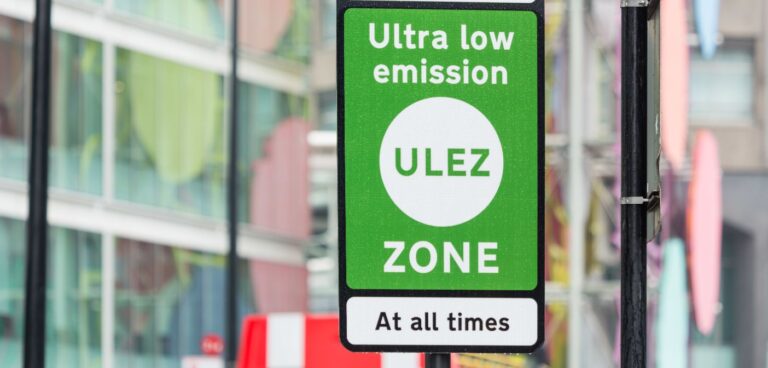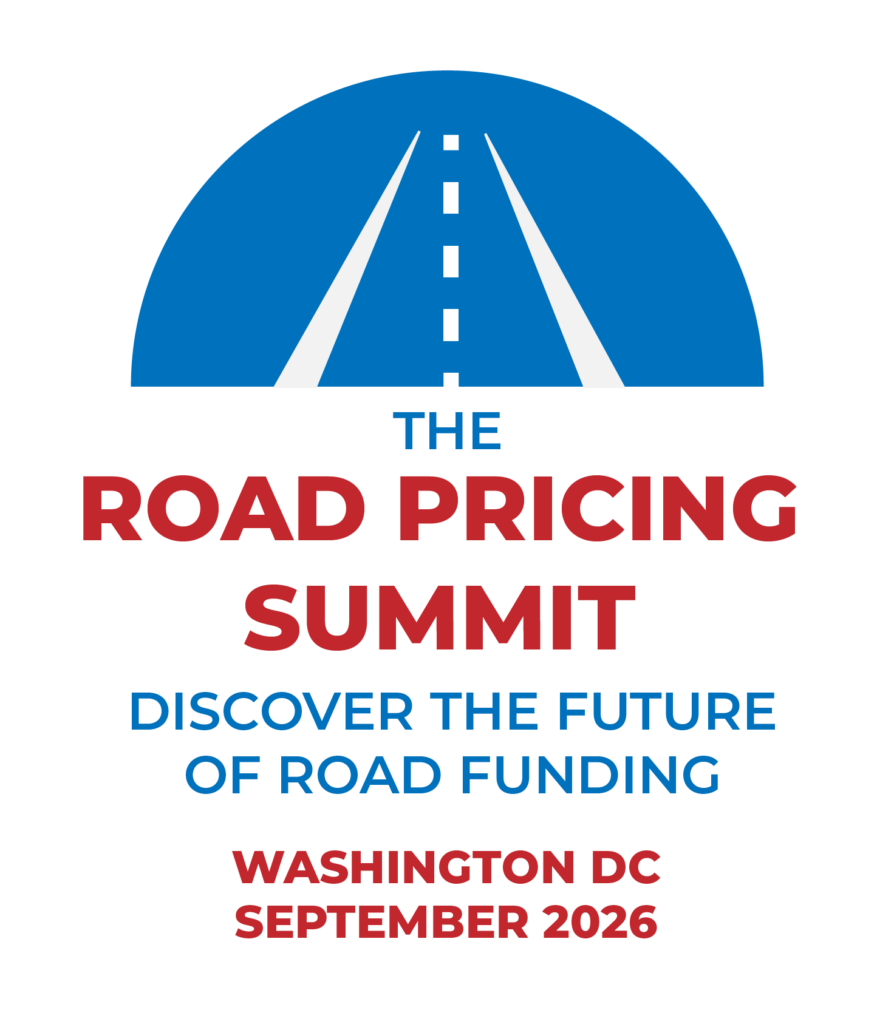New cameras are being installed on London’s North and South Circular roads ahead of the expansion of London’s ultra-low emission zone (ULEZ).
The ULEZ currently covers the same area as the Congestion Charge Zone (CCZ), but will cover an area 18 times that size when it goes live from October 2021.
Transport for London (TfL) said that the larger zone is vital to ensure that, as London recovers from the coronavirus pandemic, one public health crisis is not replaced with another. It estimates that the expanded ULEZ will reduce nitrogen oxide (NOx) emissions from road transport by around 30% across the city.
Alex Williams, TfL’s director of city planning, said: “Expanding the ultra-low emission zone will play a key role in discouraging people from driving heavily polluting vehicles. We have already seen significant falls in the most toxic emissions in central London and now see most vehicles meeting the tough standards in the heart of the capital.”
The ULEZ operates 24 hours a day, seven days a week, 365 days a year. Motorists who drive in the zone in a vehicle that does not meet the minimum emission standard (Euro 4 standards for petrol vehicles and Euro 6 for diesel vehicles) have to pay a daily charge of £12.50 for cars, smaller vans, motorbikes and other lighter vehicles, and £100 for lorries, buses, coaches and other heavier vehicles.
The current zone has seen the number of vehicles meeting the tough emission standards rise from 39% in February 2017, to more than 80% now complying. It has also contributed to a 44% reduction in roadside nitrogen dioxide within its boundaries, said TfL.
The area covered by the existing CCZ and ULEZ has around 650 cameras but, despite the expanded zone being 18 times the size, new technology means only around 750 additional cameras will need to be installed. To reduce the number of additional sites required, TfL is prioritising cameras at locations already used to monitor traffic, on existing lamp columns and on traffic signals.
Of the vehicles that drive into the expanded ULEZ, TfL said it expects four out of five cars to be compliant by the time the scheme is introduced in October 2021.
To help support those who may find it difficult to meet the ULEZ standards with their own vehicles, mayor of London Sadiq Kahn has launched a £48m scrappage scheme for those on low incomes, disabled Londoners, small businesses and charities to switch to cleaner vehicles and greener forms of transport.
To help businesses and charities prepare for the expanded zone, earlier this year the mayor doubled the amount of money available to £7,000 for those scrapping their older more polluting vans and minibuses and changed the criteria for the size of business eligible, so that more people could benefit.
The car and motorcycle scrappage scheme gives people up to £2,000 for cars and £1,000 for motorbikes. So far, more than £12m has been given out in grants.





